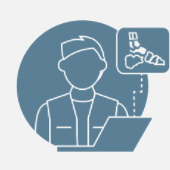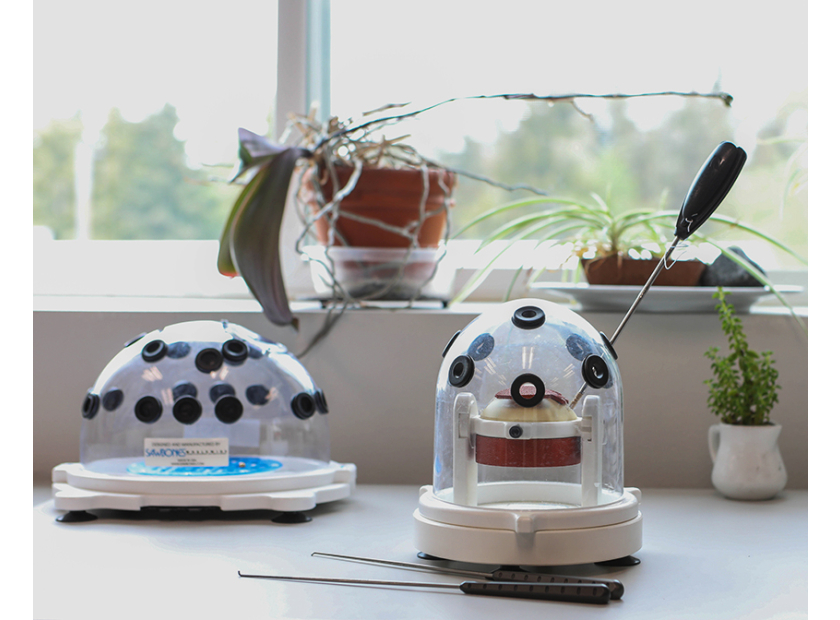10 Medical Education Models Features To Best Fit Your Specialty
Specialist training produces experts who provide solutions. Where medical generalists rely on a broad knowledge to get the diagnosis and treatment process heading in the right direction, specialists must deliver answers, plans, and successful outcomes.
That responsibility is learned, but it takes precision guidance. Specialist students have to be given the right tools to expose them to the pressures, intricacies, and fragilities of delivering real-world outcomes.
As such, there are specific medical education models features that are essential to providing students with the steadily progressing clinical and non-clinical experience that will inform their future roles and lead to better patient outcomes.
Simulation Leads to Success
The positive impact of using simulation models in medical training is well established. Research has demonstrated that technical skills can be successfully learned away from the operating room, and that specialized procedural skills can be acquired through simulation training.
The proven effectiveness of simulation training leaves educators to confidently find the medical education model features that define their specialties. What’s available can be best understood through three broad procedural categories:
- Diagnostic Procedures
- Surgical Interventions
- Rehabilitation and Pain Management
There are clear features that demonstrate the possibilities for highly specialized education and, if further precision is required, educators can partner with leading engineers to develop unique, customized models that effectively prepare novices for particularly demanding procedures.
These features combine to form a list of 10 medical education models features that can be used to produce highly competent graduates. The list begins with the new generation of responsive diagnostic training models.
Diagnostic Procedures
Research from the Association of American Medical Colleges recently argued that medical educators should not leave the breadth of diagnostic exposure trainees receive to the vagaries of clinical experience. This means shifting emphasis to a controlled curriculum developed by senior experts and makes necessary the ability to provide a wide range of simulated experiences.
The medical education models features listed below are dynamic enough to meet that experiential need.
1. Dual Usage
The ability to learn on arthroscopic and open diagnostic procedures exposes students to the advantages and challenges of both, preparing them for success in a variety of settings.
2. Haptic Feedback
The pioneering use of touch-sensitive models impresses upon students the stakes of even diagnostic interventions. The movement-and-response nature provides a dynamic setting that can replicate the pressures of intrusive diagnosis.
3. Portals and Windows
An entry point to arthroscopic procedures, portals and windows allow students to gradually build psychomotor skills.
4. Radiopaque
An essential to medical imaging training, radiopaque elements block radiation for the purposes of diagnostic training.
Surgical Interventions
Novice surgeons have long had to deal with the practical constraints around gaining worthwhile intervention experience. Engineered simulations have filled the void created by responsibilities for patient safety and have become so effective Johns Hopkins researchers have declared them valuable in developing both technical and non-technical surgical skills.
5. Buildability
Buildability refers to the ability to add parts to a model to increase the complexity in line with a novice’s developing skills. A literal moving challenge.
6. Composite Bone
The most effective and realistic cadaver replacement, the mix of materials replicate the authentic composition of bone. The result is an enhanced realism that enhances drilling and cutting performance, and aids testing and designing implants.
7. Foam Cortical Shell
A complex material used for replicating cutting and drilling procedures, a foam cortical shell replicates the response of cancellous bone.
Rehabilitation and Pain Management
Rehabilitation and pain management training models must give novices a detailed understanding of both the anatomy and performance response of the body under sustained interventions. The difficulty in finding effective solutions centers around the progressive healing, or lack thereof, that will be present in a human patient.
Leading medical education models features can provide young specialists with exposure to a range of settings and treatment outcomes.
8. Solid Foam
Affordable, highly reusable and robust, solid foam models are essential to basic skills practice and advanced anatomy.
9. Clear Plastic
Composed of transparent materials to allow end-to-end visibility, clear plastic models are a unique option that help progress a general education to specialized precision.
Custom Made Medical Education Models Features
Despite the effectiveness and responsiveness of model features such as the nine listed above, there remains the potential to enhance specialist training even further by creating tools that replicate the specific intricacies of high-demand procedures. In such cases, educators need to find a professional-grade partner that can engineer exactly what they’re intending.
10. Custom Model Solutions
Custom solutions give maximum leverage to the expertise of medical educators. The partnership between a specialist and a leading engineering creator can give students an insight they wouldn’t otherwise encounter until they reach the operating room
A professional engineering team can build an affordable, reusable model that hones the problem-solving, psychomotor, and teamwork skills that will be pivotal to the success of future real-world interventions. Produced at scale, these tools can be deployed across a broad cohort and even adapt to the evolving skills of novice specialists.
There’s even potential for commercial applications of innovative models, with the leading engineering teams able to handle production standards that can take the best ideas to market.
The bottom line of custom design remains, however, the provision of the best possible models that teach students the most fundamental and essential skills.
Medical Education with the Best Available Models
As the title demands, specialists need access to specific, precision training experiences that will allow them to create successful outcomes within their future fields.
Availability of highly effective medical education models features across the key areas of diagnostics, surgical interventions, and rehabilitation management is essential to the development of expert professionals. By partnering with a progressive team of model engineers, medical educators can find—or create—solutions that supply medical institutions with the tools they need to train the most skilled practitioners possible.
The engineers at Sawbones can create a solution to suit every professional situation. Our team can produce diagnostic, surgical, and rehabilitation models that replicate the demands and environments of real-world settings. Contact us today at 206-463-5551 to start creating a better learning environment.

Our engineers, cultivated through our partnership with Pacific Research Laboratories, access a wide range of processes and tools to develop medical educational supplies for universities, hospitals, research and development, and more. Our years of experience creating these products allow us to make stock and custom models for all purposes.








